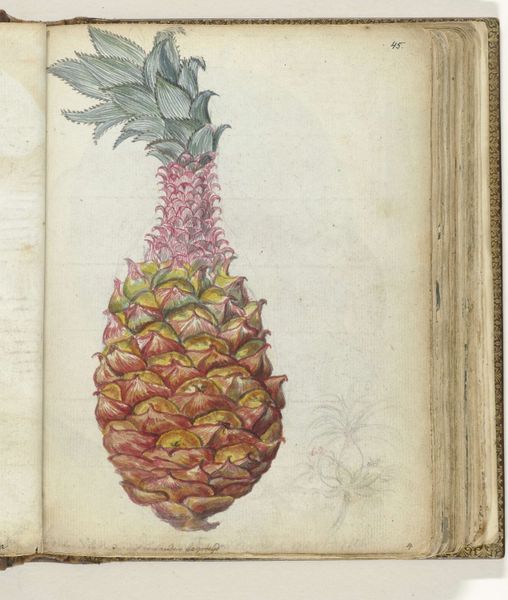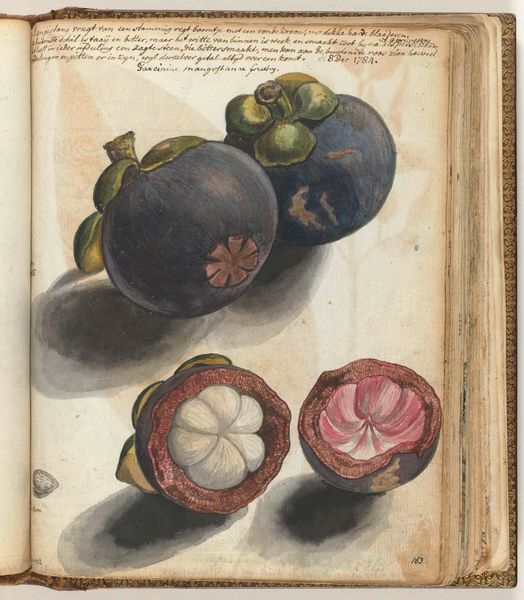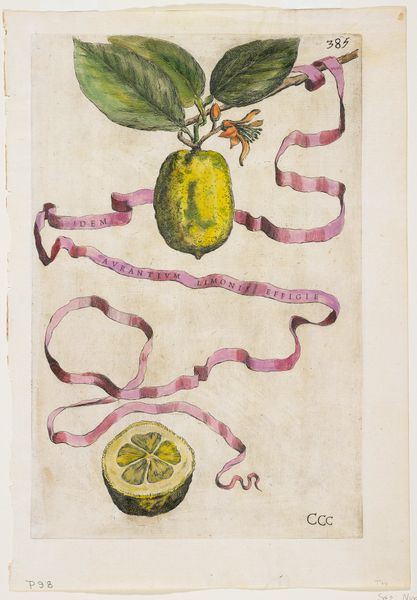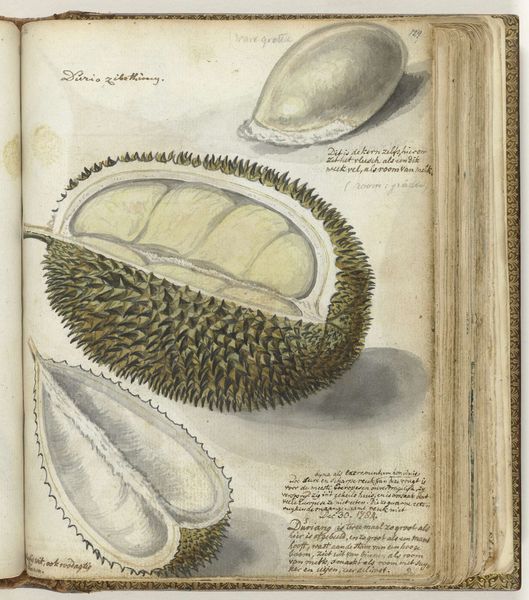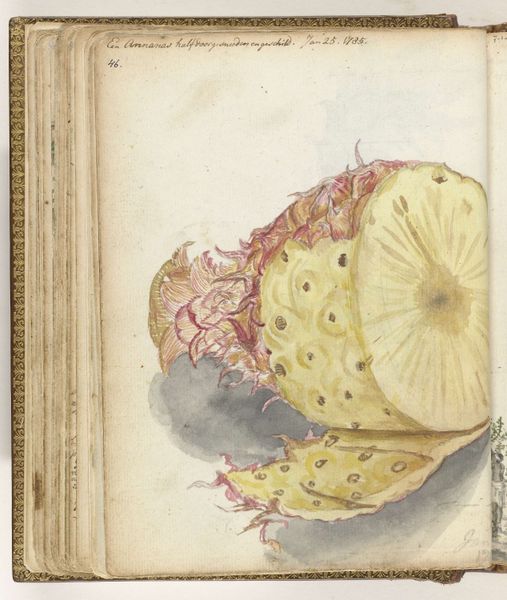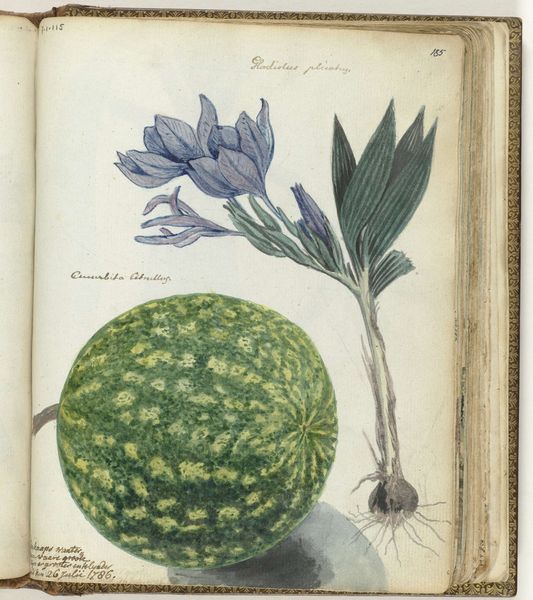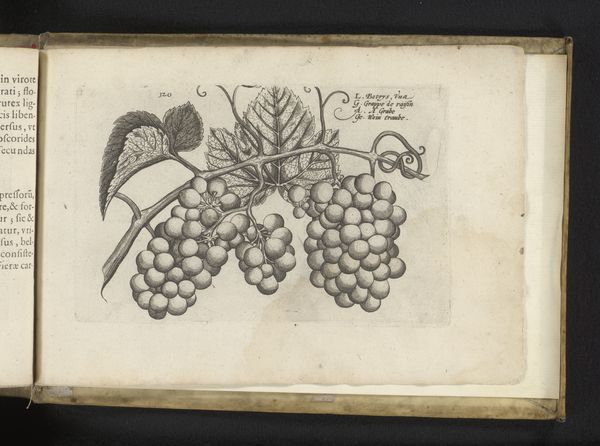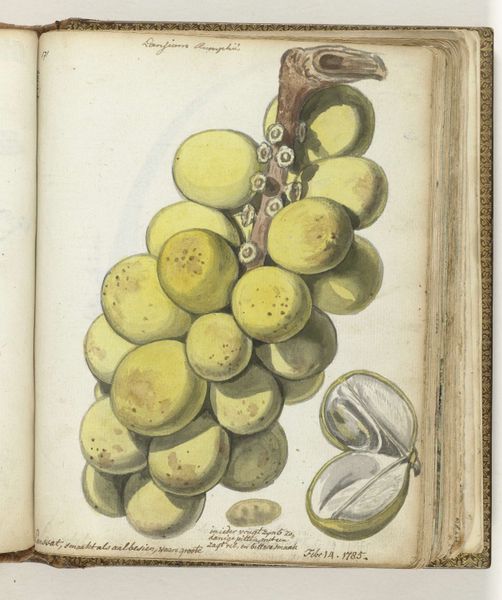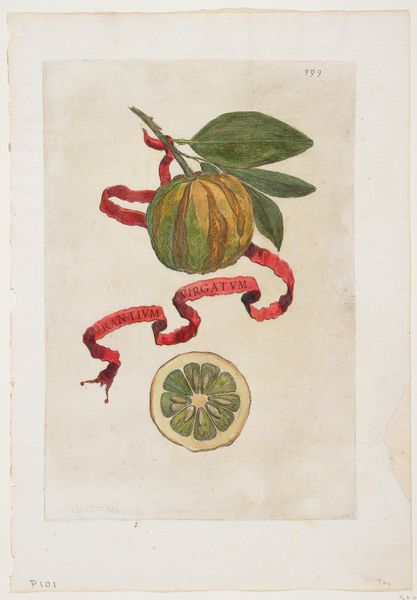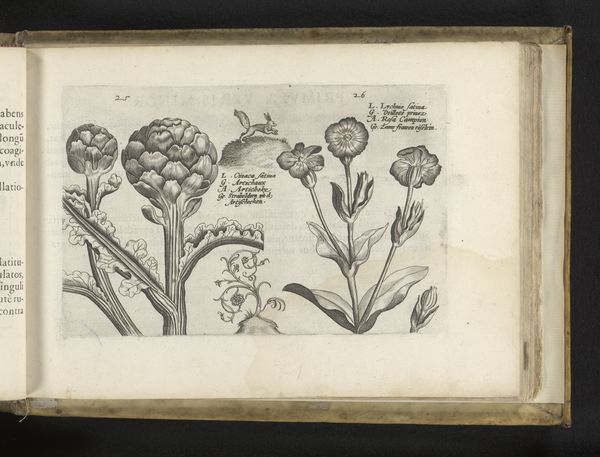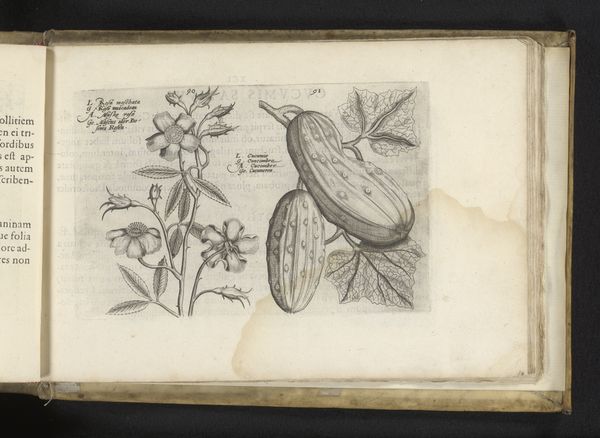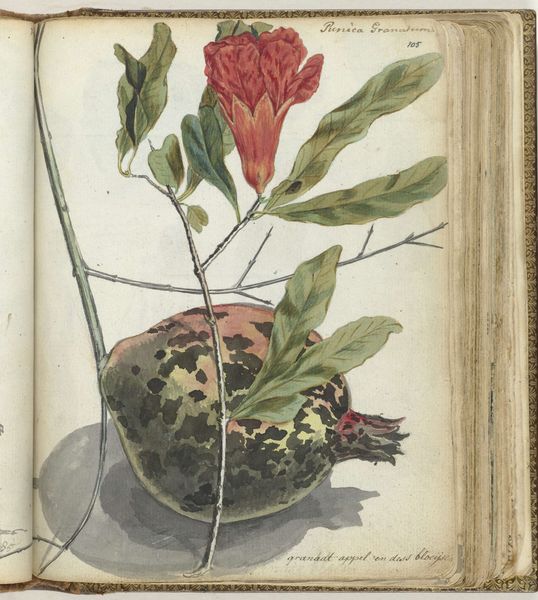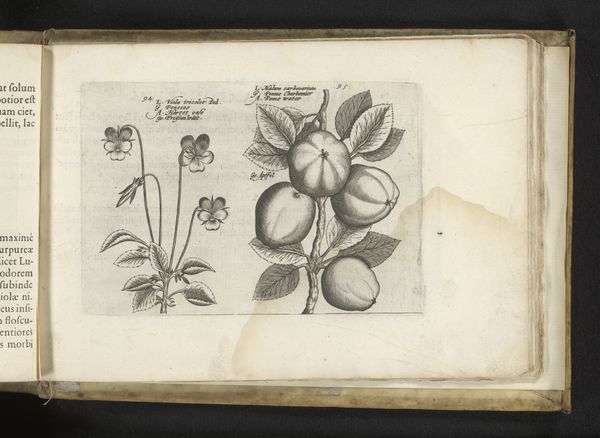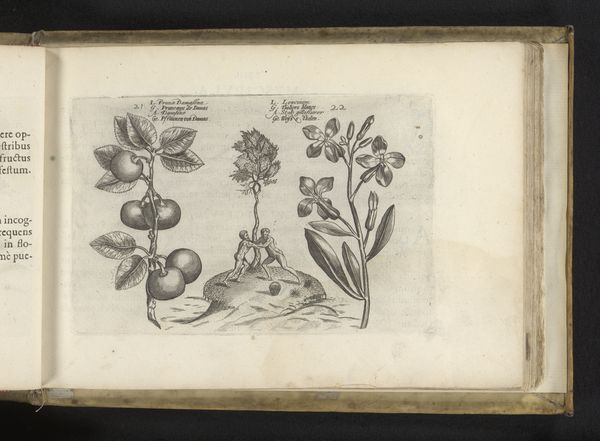
drawing, coloured-pencil, watercolor
#
drawing
#
coloured-pencil
#
water colours
#
watercolor
#
coloured pencil
#
mixed media
#
watercolor
Dimensions: height 195 mm, width 155 mm
Copyright: Rijks Museum: Open Domain
Curator: Look at the delicate detail in this study, titled "Ananas," made around 1785 by Jan Brandes. It appears to be a rendering in watercolor and colored pencil. What's your initial take? Editor: Visually, it strikes me as both meticulously observed and strangely fragile. The pineapple seems poised to disintegrate, despite the detail. There's a tension between the solidity of the subject and the ephemeral quality of the medium. Curator: Indeed. I'm drawn to the exoticism embedded within its production. Brandes was traveling, documenting botanical specimens. Think about the social context—pineapples were rare, imported delicacies representing wealth and colonial trade networks. This image becomes a material record of global exchange and consumption. Editor: That’s compelling. But considered formally, the interplay of the greens, reds and yellows also creates a captivating texture, doesn't it? The artist masterfully renders the spiky exterior and plays with light and shadow to define the form. Look at the individual cells and how they combine to describe its complex shape. It’s a structured investigation into the anatomy of a fruit. Curator: And those pigments, where did they originate? Were they locally sourced near Brandes's travels, or traded commodities themselves? Each stroke carries the weight of production. Even the paper has its own story of manufacture and distribution. It is crucial not just to observe but deconstruct how such an image came into existence. Editor: I agree, but there's also something to be said about the emotional quality evoked through this detailed representation. The pineapple almost has a personality, wouldn't you say? There's something vulnerable about the rendering of the form and the deliberate imperfection. It breathes life into something inanimate. Curator: Certainly, Brandes captured the fruit in a moment. Yet the layers of labor behind this art—from cultivation to artistic depiction—demand a consideration of social history alongside aesthetic analysis. Editor: A final, intriguing confluence of colonial contexts and a sensitive rendering of an exotic commodity, frozen in time by skilled draftsmanship. Curator: Yes, Brandes has really prompted a revealing encounter.
Comments
No comments
Be the first to comment and join the conversation on the ultimate creative platform.
